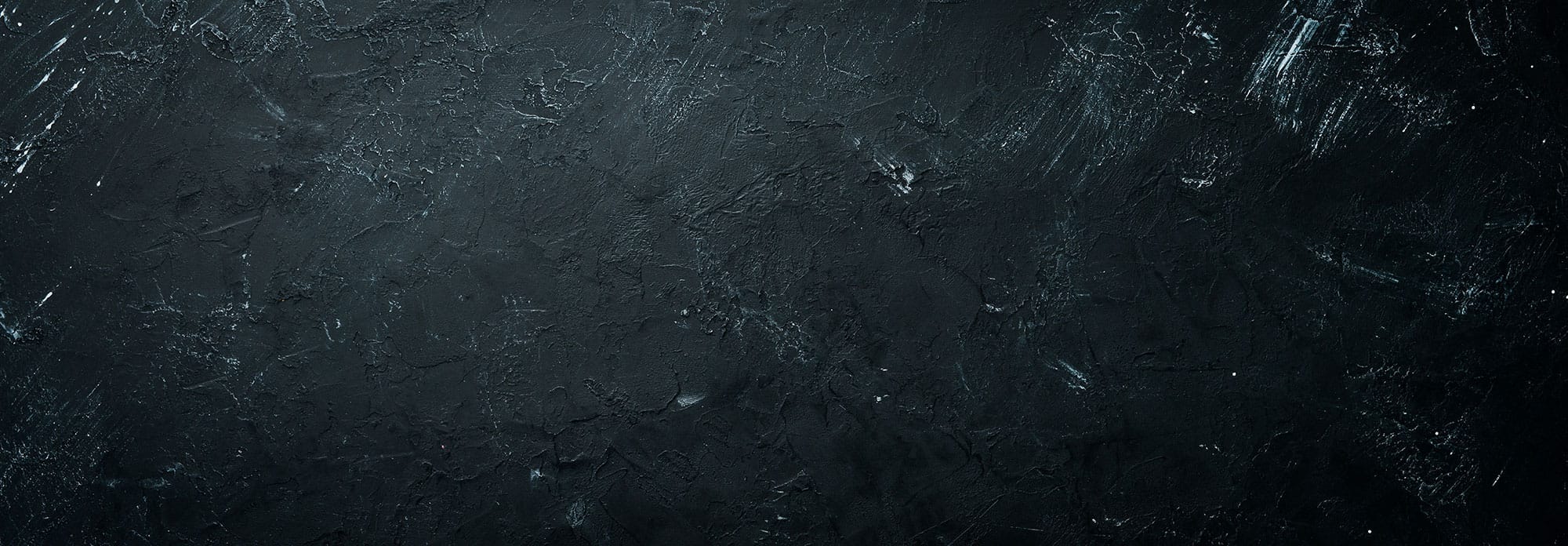David Harker, owner of Newcastle Wine School, explores the world of rosé wines
Rosé is in the pink. While wine sales flounder, sales of rock star rosé are soaring. Quality is on the rise too, as savvy winemakers recognise the category’s commercial potential. Even in parts of the world where making rosé was once an afterthought, it is now serious business.
Rosé has always been important in Provence – where it accounts for almost 90% of wine production. There’s even a specialist rosé research centre, Le Centre du Rosé in Vidauban. It was at a former residence of the Counts of Provence that the rosé revolution began. French winemaker and entrepreneur Sacha Lichine purchased Château d’Esclans in 2005 and created Whispering Angel, embarking on a mission to transform the image of rosé from poolside quaffer to lifestyle accessory. Around the same time, Brad Pitt and Angelina Jolie purchased Château Miraval – a wine estate among the oaks and olives of an isolated Provençal valley. The couple married in the château’s chapel in August 2014, adding celebrity endorsement to the rise of rosé.
Posh, pale pink was suddenly fashionable. However, colour alone is no indicator of quality. If you are buying for flavour, try the herbal scented, orange-hued rosés of Bandol. The gutsy, deep-coloured rosés of Tavel in the Southern Rhône are also good. The local regulations require the wines to pass a colour test to achieve Tavel appellation controllé status, with any wine deemed too pale failing.
The colour in wine comes from the grape’s skin with almost all wine grapes, whatever the skin colour, having clear juice. The production method and how long the juice spends in contact with the skins determines the colour.
The best rosé wines in Provence are made by the direct pressing method – where whole bunches of grapes go directly to the press and the juice is run off quickly to make the palest of pink wines.
In Tavel, a different technique is preferred. Crushed grapes are left in contact with skins for a minimum of 12 hours before the juice is run off and fermented. This maceration method gives the wine more colour, structure and ageing potential.
Saignée, or bleeding, is a traditional way of making rosé in regions where red wine making can need a little help. Early in the red wine making process, some of the juice is run off. This leaves a higher ratio of skins to juice remaining in the tank – making a more concentrated red wine. The bled juice is fermented to make a deep-coloured rosé.
Bordeaux wines transported to England in the Middle Ages would have been a lot lighter in colour than the red wines that we know today. Small quantities of these light-coloured or clairet wines – from which we get the word claret – are still produced. Sitting somewhere between a red wine and a rosé, Bordeaux clairet is worth searching out for its refreshing raspberry flavours.
If Bordeaux has clairet, Spain has clarete – a deep-coloured wine made by co-fermenting red and white grapes. Rosé, or rosado, wines are an important part of the winemaking heritage of Cigales and Navarra – though it is the rosés of Rioja that are making the news. Rosé accounts for a tiny percentage of wine production in Rioja, but it is attracting the admiration of critics. Of the top 25 rosés in The Rosé Wine Report 2023, one in three were from Rioja, including the top wine.
If the Rosé Wine Report awarded medals for longevity, then Portugal’s Mateus rosé would be a contender. Softly sparkling, slightly sweet Mateus first seduced the world in 1942. More than 80 years later, Mateus, in its iconic flask-shaped bottle, is still going strong. If you prefer your Portuguese pink with more fizz and less sugar, then try Caves São João Espumante Bruto. Caves São João is one of the pioneers of Portuguese sparkling wines and this salmon pink, bone-dry Espumante is great value.
Greece is not usually associated with rosé, but is definitely a country to watch. I love the copper-coloured, crab apple sourness of rosés from the Xinomavro grape variety.
Before the boom there was blush. White Zinfandel was invented in the 1970s as a way of using unfashionable red grapes. The success of this off dry, mass market wine secured the survival of old Zinfandel vines. These vines are now prized for producing California’s signature red wine. Blush can be a blend of red and white wines – a method of making rosé generally not permitted in the EU. The exception is Champagne, and rosé Champagne is usually made by blending a small proportion of red wine with white.
Whatever the winemaking process, producing good quality rosé is not easy. It requires extracting just the right amount of colour from the skins without adding bitterness, while also achieving a fine balance between flavour and freshness.
When well made, rosé is a versatile food partner. Delicate pinks pair perfectly with pasta, salads and seafood. Deeper coloured, richly flavoured rosés are a marvellous match for the punchy spices and grilled meats of the eastern Mediterranean.
Whether you prefer a lighter shade of pale or a deeper purple, there’s a rosé for you this summer.
The wine list
Domaine Maby ‘La Forcadière’, Tavel, Victor Indigo November, £17
Château Thieuley, Bordeaux Clairet, The Wine Society, £10.50
Bodegas Muga ‘Flor de Muga’, Rioja, Majestic, £21.99
Caves São João Espumante Rosé Bruto, Carruthers and Kent, £18.49
Theopetra Estate, Meteora, Xinomavro Rosé, Jesmond Wine Company, £21

David Harker’s journey in wine has seen him progress from complete novice to a Wine & Spirit Education Trust Diploma-certified wine educator, accredited Bordeaux and Sherry wine educator, Spanish Wine Scholar and – in a We Bought a Zoo moment – wine school owner. To explore Newcastle Wine School’s events, tastings and courses visit www.localwineschool.com/newcastle











